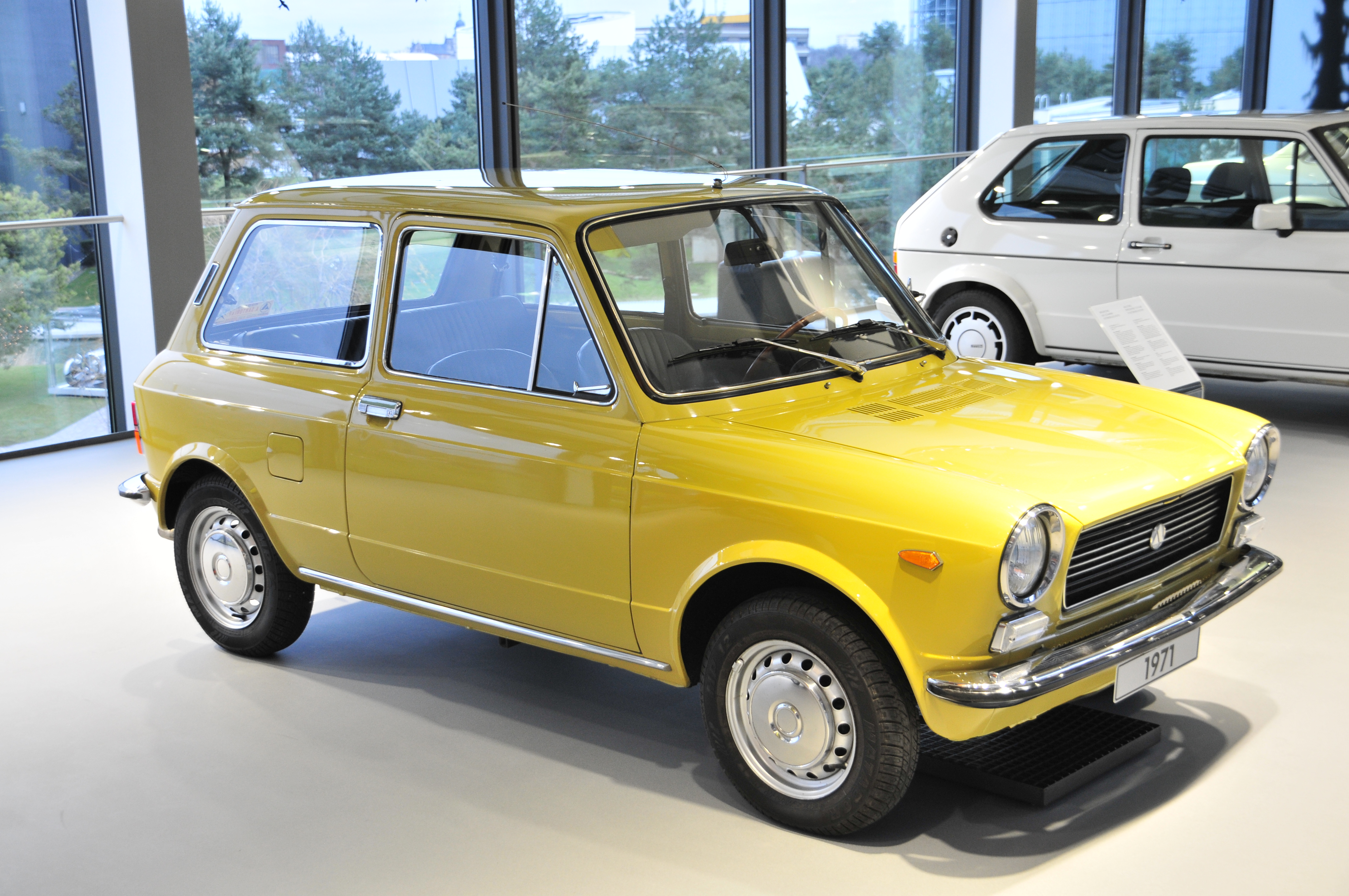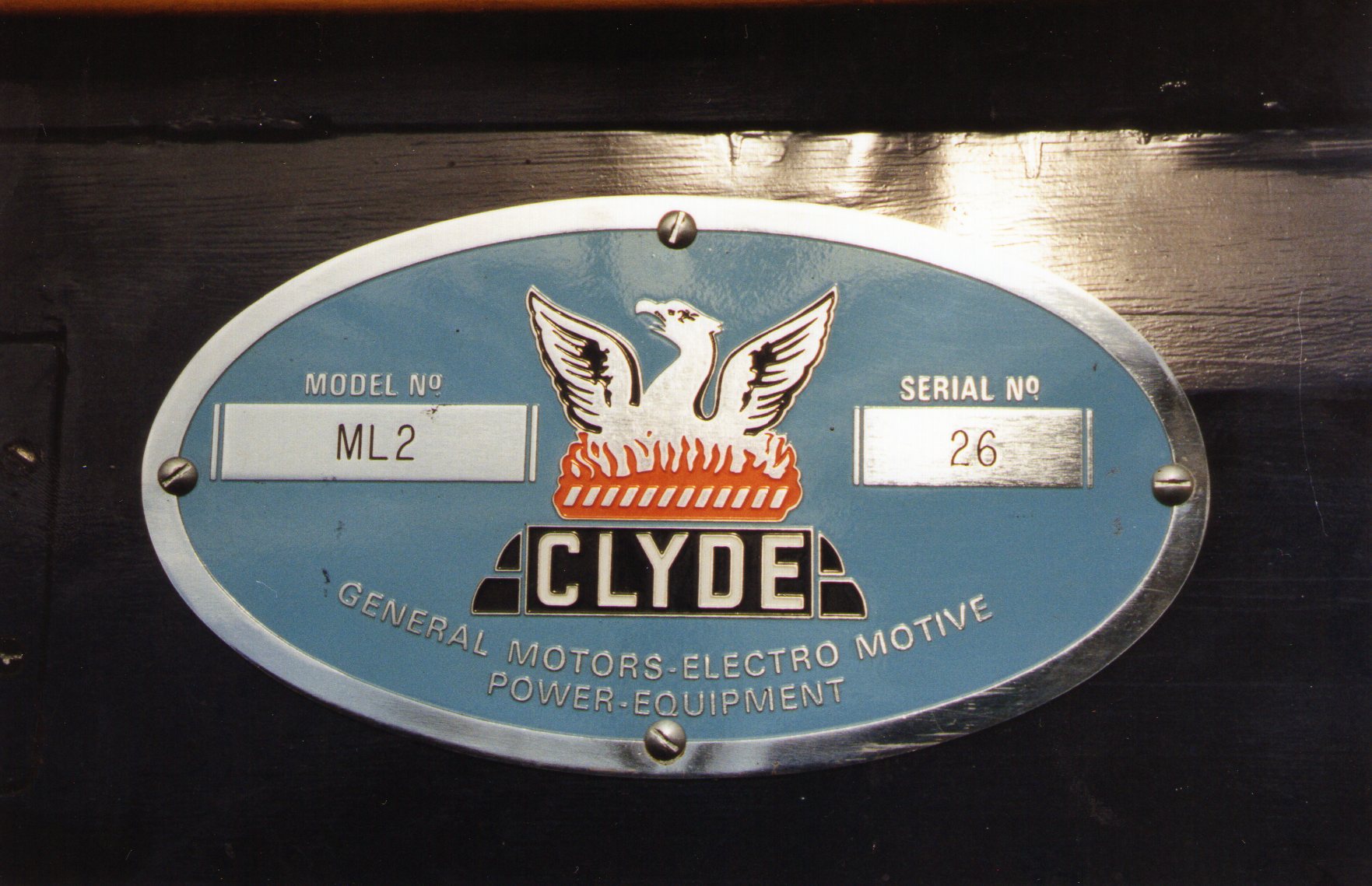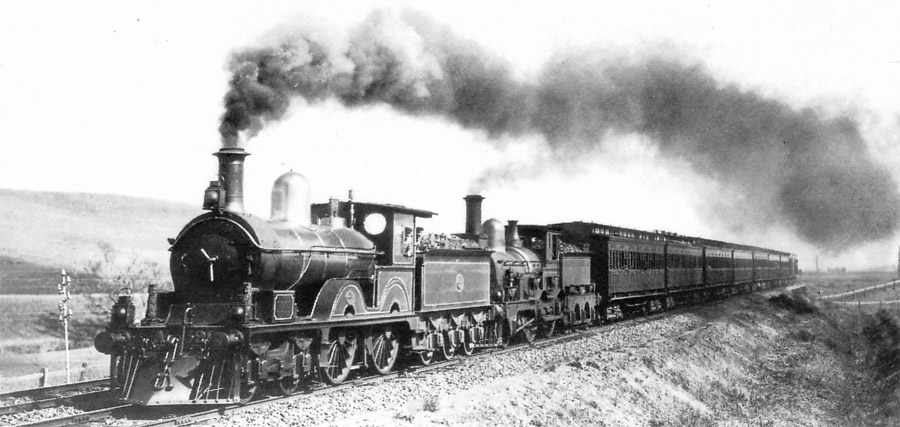|
B-class Destroyers (1913)
B class may refer to: Ships * Burak-class corvette, B-class corvette of the Turkish Navy * A- and B-class destroyer, B-class destroyer, launched in 1930 for the British Royal Navy * B-class destroyer (1913), British torpedo boat destroyers * B-class lifeboat, British lifeboats * B-class submarine (other), several types Rail transport * B-class Melbourne tram, an Australian tram * DHR B Class, built for the Darjeeling Himalayan Railway in India * NBR B class, a British steam locomotive * NZR B class (1874), a steam locomotive of the New Zealand Railways Department * NZR B class (1899), a steam locomotive of the New Zealand Railways Department * CIÉ 101 Class, an Irish diesel locomotive * CIÉ 113 Class, an Irish diesel locomotive * LCDR B class, a British steam locomotive * MRWA B class, a British steam locomotive * Victorian Railways B class (1861), an Australian steam locomotive * Victorian Railways B class (diesel), an Australian diesel locomotive * WAGR B class, ... [...More Info...] [...Related Items...] OR: [Wikipedia] [Google] [Baidu] |
Burak-class Corvette
Burak-class corvette (Turkish: ''Burak sınıfı korvet''), also known as the B-class corvette, is a warship class of the Turkish Navy, all ex- A69 type aviso corvettes, mainly designed for coastal anti-submarine defense & ocean escort missions. Their robust design & economical propulsion system allows them to be used for distant overseas operations. A total of six ships under the Burak-class are being operated by the Turkish Naval Forces and will be phased out with introduction of Ada-class corvettes. Ships * , formerly ''Commandant de Pimodan'' (F787) * French_aviso_Drogou#Service_in_the_Turkish_Naval_Forces, TCG'' Bodrum'' (F-501), formerly French aviso Drogou, ''Drogou'' (F783); Retired 2022. * French_aviso_Quartier-Ma%C3%AEtre_Anquetil#Service_in_the_Turkish_Naval_Forces, TCG ''Bandırma'' (F-502), formerly French aviso Quartier-Maître Anquetil, ''Quartier-Maître Anquetil'' (F786) * French_aviso_D%27Estienne_d%27Orves#Service_in_the_Turkish_Naval_Forces, TCG ''Beykoz'' (F ... [...More Info...] [...Related Items...] OR: [Wikipedia] [Google] [Baidu] |
LCDR B Class
The LCDR B class was a class of 0-6-0 steam locomotives of the London, Chatham and Dover Railway. The class was designed by William Kirtley and introduced in 1876. The locomotives passed to the South Eastern and Chatham Railway The South Eastern and Chatham Railway Companies Joint Management Committee (SE&CRCJMC),Awdry (1990), page 199 known as the South Eastern and Chatham Railway (SE&CR), was a working union of two neighbouring rival railways, the South Eas ... in 1899. And given new boilers between 1899 and 1903. They were all withdrawn and scrapped between 1912 and 1915. References B 0-6-0 locomotives C n2 locomotives Railway locomotives introduced in 1876 Standard-gauge steam locomotives of Great Britain Dübs locomotives {{England-steam-loco-stub ... [...More Info...] [...Related Items...] OR: [Wikipedia] [Google] [Baidu] |
Class B (other)
Class B may refer to: * Class B (baseball), a defunct class in minor league baseball in North America * Class B (classification), a Paralympic wheelchair fencing classification * Class B drug, in British law * Class B share, a “class” of common or preferred stock * Class B star * Barry Railway Class B, a British steam locomotive * LNWR Class B, a British steam locomotive * Class B office space, a step below Class A office space * An Army Service Uniform * An airspace class defined by the ICAO * A power amplifier class * A class of broadcast station in North America * An electronic device conforming to FCC rule Title 47 CFR Part 15, Subpart B, Class B * An explosives category for professional fireworks; see Fireworks policy in the United States * A network in the Internet classful network system * A pathogen treatment and pollutant criterion, an EPA reuse category in biosolids * A recreational vehicle, or campervan * A class of boat A boat is a watercraft of a large ran ... [...More Info...] [...Related Items...] OR: [Wikipedia] [Google] [Baidu] |
Mercedes-Benz B-Class
The Mercedes-Benz B-Class is a subcompact executive car manufactured and marketed by Mercedes-Benz since 2005. Based on the A-Class with larger dimensions, the European New Car Assessment Programme (Euro NCAP) classifies it as a small MPV. Mercedes-Benz had presented a concept car Vision B ''Compact Sports Tourer'' at the 2004 Paris Motor Show. The concept previewed some features that would be available on the production B-Class. The ''Vision B'' was based on the layered platform, so that the drivetrain would be placed partly in front of and underneath the passengers. As of 20 December 2013, delivery of B-Class vehicles reached 1 million sales worldwide since its launch in 2005. First generation (W245; 2004) The first-generation B-Class was introduced in Europe, Australia, and other parts of the world in early 2005, and in Canada in late 2005. It was marketed globally except in the United States, where it was unable to price match the vehicle for profit. The B-Class us ... [...More Info...] [...Related Items...] OR: [Wikipedia] [Google] [Baidu] |
B-segment
The B-segment is the second smallest of the European segments for passenger cars between the A-segment and C-segment, and commonly described as "small cars". The B-segment is the third largest segment in Europe by volume, accounting for 15.5% percent of total car sales in 2024 according to JATO Dynamics. B-segment cars include hatchback, saloon, estate, coupe/convertible, MPV, and crossover/ SUV body styles. Definition The European segments are not based on size or weight criteria. In practice, B-segment cars have been described as having a length of approximately , and may vary depending on the body styles, markets, and era. In some cases, the same car may be differently positioned depending on the market. The Euro NCAP vehicle class called "Supermini" also includes smaller A-segment cars alongside B-segment cars. In Britain, the term "supermini" is more widely used for B-segment hatchbacks. The term was developed in the 1970s as an informal categorisation, and by 19 ... [...More Info...] [...Related Items...] OR: [Wikipedia] [Google] [Baidu] |
B-class Blimp
The B class blimps were patrol airships operated by the United States Navy during and shortly after World War I. The Navy had learned a great deal from the DN-1 fiasco. The result was the very successful B-type airships. Dr. Jerome Hunsaker was asked to develop a theory of airship design, Lt. John H. Towers had returned from Europe having inspected British designs, and using reports from attachés on British airship operations, the Navy was prepared to seek bids for blimps from American manufacturers.Althoff, William F, ''SkyShips'', New York: Orion Books, 1990, , pgs. 4-5. On 4 February 1917 the Secretary of the Navy directed that 16 nonrigid airships of Class B be procured. A February 12, 1917 meeting with the Chief of the Bureau of Construction and Repair, and representatives of Goodyear, Goodrich, Connecticut Aircraft Company, Curtiss Aeroplane and Motor Corporation, and U.S. Rubber Company, it was agreed that the order for 16 dirigibles was beyond the capability of any one com ... [...More Info...] [...Related Items...] OR: [Wikipedia] [Google] [Baidu] |
WAGR B Class (diesel)
The B class were a class of diesel locomotives built by Commonwealth Engineering for the Western Australian Government Railways between 1962 and 1965. History The first five B class units entered service in 1962. Three years later, a second batch of five was delivered. The second batch differed from the first only in having sloping cab sides, to enable the second batch to pass underneath the limited clearance cranes on the Fremantle wharves. All members of the class spent the whole of their working lives in the Perth Perth () is the list of Australian capital cities, capital city of Western Australia. It is the list of cities in Australia by population, fourth-most-populous city in Australia, with a population of over 2.3 million within Greater Perth . The ... metropolitan area, and were written off as a group in September 1984. Some of them have since been preserved. [...More Info...] [...Related Items...] OR: [Wikipedia] [Google] [Baidu] |
WAGR B Class
The WAGR B class was a class of 4-6-0T tank locomotives operated by the Western Australian Government Railways (WAGR) between 1884 and 1959. History The first two were ordered from Kitson & Co, Leeds in 1884 to work the steeply graded Eastern Railway from Guildford to Chidlow. A further three were built by Dübs & Co, Glasgow in 1885/86 and a further six by Kitson & Co in 1898. The last batch were built with larger water tanks, with the earlier five having larger tanks retrofitted. In 1903, they were displaced by the K class and relegated to shunting duties. Class list The numbers and periods in service of each member of the B class were as follows: Gunzburg 1984, p. 28. Namesake The B class designation was reused in the 1960s when the B class diesel locomotives entered service. See also *Rail transport in Western Australia *List of Western Australian locomotive classes This is a list of Western Australian locomotive classes, being classes of locomotive that ... [...More Info...] [...Related Items...] OR: [Wikipedia] [Google] [Baidu] |
Victorian Railways B Class (diesel)
The B class are a class of diesel locomotives built by Clyde Engineering, Granville, New South Wales, Granville for the Victorian Railways in 1952–1953. Ordered and operated by the Victorian Railways, they initiated the dieselisation of the system and saw use on both passenger and freight services, with many remaining in service today, both in preserved and revenue service. Some were rebuilt as the V/Line A class, while others have been scrapped. History The B class were the first mainline diesel locomotives ever built for the Victorian Railways. The design was based on the successful Electro-Motive Diesel EMD F-unit, F-unit locomotives with the distinctive bulldog nose. They were unusual in having a streamlined drivers cab at each end. Inception After World War II, the Victorian Railways was severely run down from years of The Great Depression, Depression-era under-investment and wartime over-utilisation. Chief Mechanical Engineer Ahlston traveled the world studying railw ... [...More Info...] [...Related Items...] OR: [Wikipedia] [Google] [Baidu] |
Victorian Railways B Class (1861)
The Victorian Railways B class was a class of passenger locomotives operated by the Victorian Railways (VR) between 1862 and 1917, built by various builders. The B class locomotives are regarded as the first mainline VR motive power, and were highly successful in passenger operations. History Victorian Railways initially numbered passenger and goods locomotives separately, the engines were delivered with numbers 32–51, 64–69, 82–87. This system was changed before these locos entered service to odd numbers for goods locomotives and even numbers for passenger locos with these locomotives taking the even numbers 46–96, 102–112, 186–188. This odd and even system remained in use until 1912. In 1886, they were allocated to Class B. Production The first order for seven locomotives was placed with R and W Hawthorn in February 1861 and in April 1861 for seven locomotives of the same design with Beyer, Peacock & Company. These were extended to, a further six from Hawthorn i ... [...More Info...] [...Related Items...] OR: [Wikipedia] [Google] [Baidu] |
MRWA B Class
The MRWA B class was a class of steam locomotives built by Hawthorn Leslie in Tyneside, England, for the Midland Railway of Western Australia (MRWA). The class's wheel arrangement was 4-4-0. Service history The nine members of the B class entered service in 1891. Withdrawals began in 1929, but the five longest serving units continued working on the MRWA, mainly as shunting engines, from then until the 1950s. Preservation One B class locomotive, no B6, has been preserved. It is the only ex-MRWA steam locomotive still in existence. After being withdrawn by the MRWA in 1956, B6 was acquired by the then City of Geraldton, municipality of Geraldton, and put on display in a Geraldton park. In 1995, ownership of B6 was transferred to the then City of Swan, Shire of Swan, and in 1999 the locomotive was moved to the former Midland Railway Workshops, for storage in the custody of Rail Heritage WA. In 2010, following a renewal of interest by the City of Geraldton-Greenough in rail ... [...More Info...] [...Related Items...] OR: [Wikipedia] [Google] [Baidu] |
CIÉ 113 Class
The Córas Iompair Éireann 113 class locomotives were the first mainline diesel locomotives used in Ireland, being built in January 1950 and October 1951 by CIÉ at their Inchicore Works. They were fitted with Sulzer 6LDA28 engines of (uprated to in 1956), with four Metropolitan-Vickers MV157 traction motors. They were of Bo-Bo wheel arrangement, weighed 80 tonnes and had a maximum speed of . They were initially numbered 1100–1101 in the steam locomotive number series (and designated class C2a), but were subsequently renumbered B113–B114 in 1957. History They were intended for mixed traffic duties, hauling both freight and passenger trains. When they were first introduced, they were used on some of the express passenger duties between Dublin and Cork. However, with the arrival of production diesel locomotives (the 001 and 101 Classes) from 1955, these two locomotives were used more for freight work, mostly in the area around Dublin. They suffered from a recurring brake ... [...More Info...] [...Related Items...] OR: [Wikipedia] [Google] [Baidu] |



